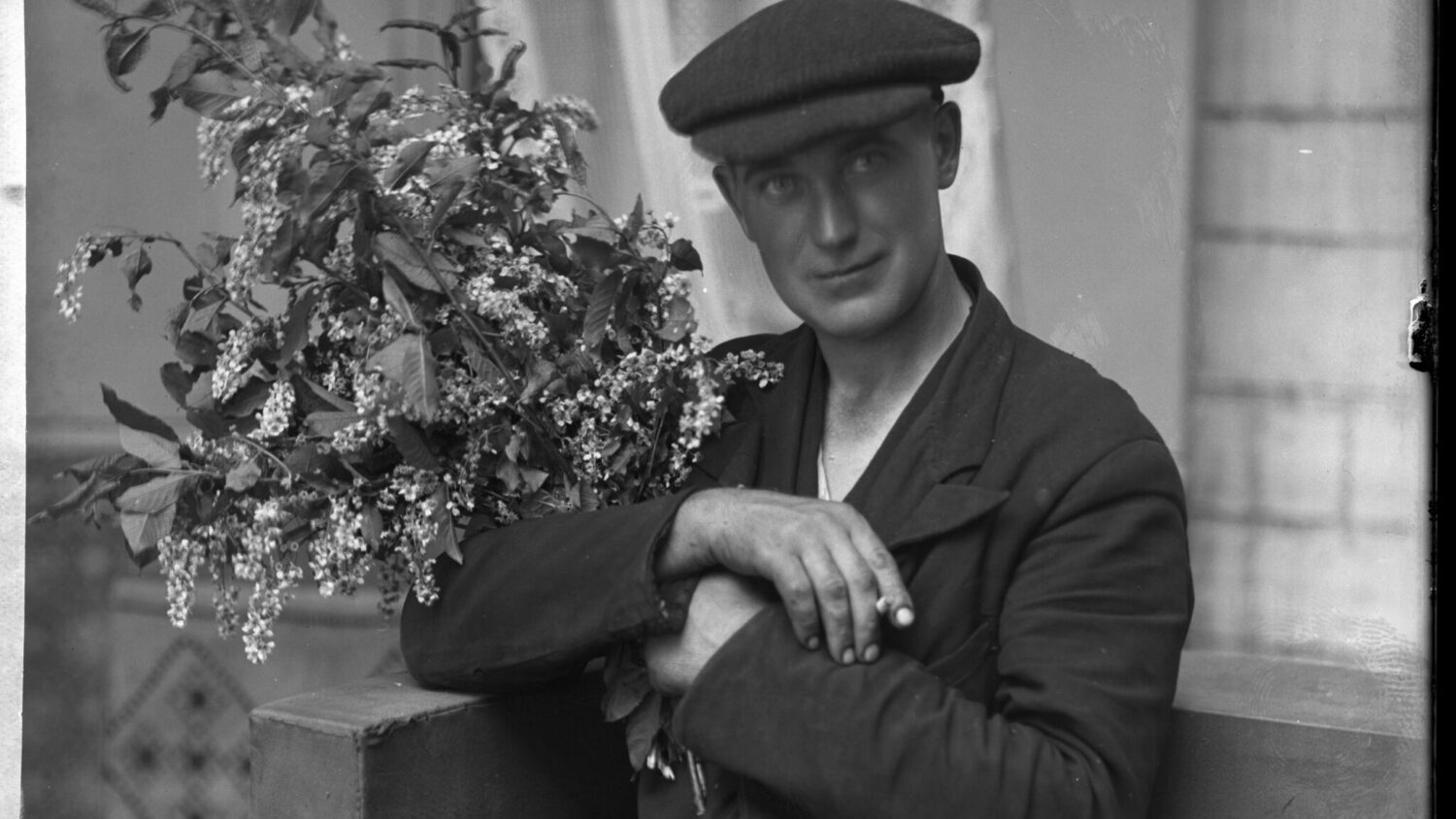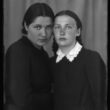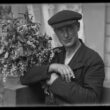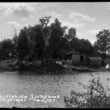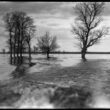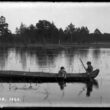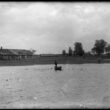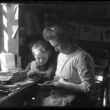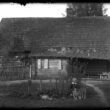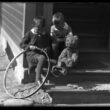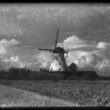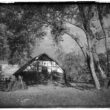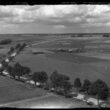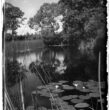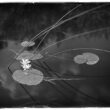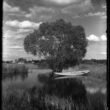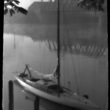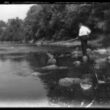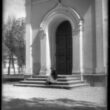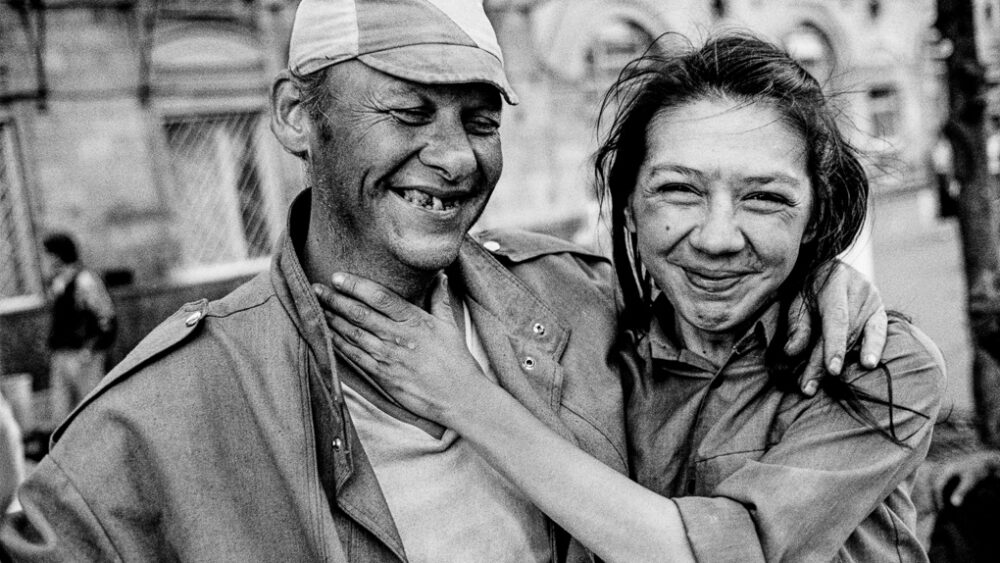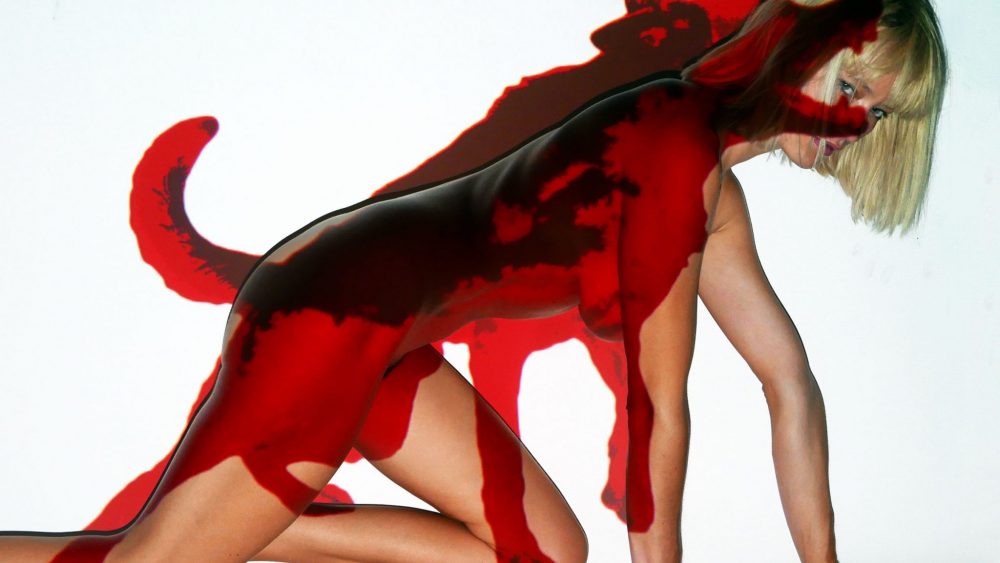Museum stories: Alfrēds Grāvers (1877–1954)
The visual history of many Latvian towns and regions in the first half of the 20th century was shaped largely by the work of photographers who played significant roles in the development of local and national photography. One such figure was Alfrēds Kārlis Grāvers (1877–1954), who photographed Lubāna with great ambition and diligence.
Grāvers was born in Branti, Lubāna, as the eldest of eight children of Rečs Grāvers and Alvīne Anete Jansone-Grāvere. He trained as a surveyor. In 1907, he married Līze Emīlija Arndte. A year later, they welcomed their first son, Jūlijs, followed by their second son, Jānis. Both sons became photographers: Jūlijs was sent to Riga to study under Roberts Johansons, while Jānis worked at the Vienotais darbs studio in the Gulbene district.[1]
At the turn of the 19th and 20th centuries, Grāvers went to Siberia, where he worked in railway construction. In 1904, he returned to Lubāna and opened his own studio at 4 Kapsētas Street. He also joined the Latvian Photographic Society, founded in 1906, and became friends with its head, Mārtiņš Buclers.
In his home, Grāvers established not only a studio but also a bookshop. He kept up to date with developments in photography, for example, by subscribing to Latvian periodicals such as Fotografijas Mēnešraksts, Attēls, and the European journal Camera.[2]
Grāvers was a popular portrait photographer, but he also documented rural life, theatre, architecture, and various festivals and events in Lubāna and its surrounding areas—Balvi, Šķilbēni, Kokoreva, and others. A significant portion of the photographs in the Grāvers archive depict water landscapes, including Lake Lubāna, the Aiviekste River, floods, bridge construction, and more.
Alfrēds Grāvers’ collection was donated to the museum in the early 2000s by the photographer’s granddaughter, Maija Padoma. His great-granddaughter, Līga Padoma, emphasized that the decision to give the collection to the museum was a clear one. She believes that “the most important thing is to be able to travel back in time — to see what people were like decades ago, how they celebrated holidays, how they worked, and ultimately, how they lived and what they looked like.” She also mentioned that Alfrēds was very religious, which is why so many of his photographs are connected to the church.[3]
Along with the photographs and glass plate negatives, the museum’s collection also includes a large amount of documentation from the Grāvers Salon — order registers, an alphabetical list of negatives, and more—which not only allows us to see the photographer’s handwriting but also to identify many of the people featured in the images. In total, the museum’s collection contains more than 3,200 objects, which have so far been explored in depth through three virtual exhibitions.
In 2024, just over 300 glass plate negatives by an unknown artist entered the collection of the Latvian Museum of Photography. After a detailed research process, the museum’s specialists determined that these works are also by Alfrēds Grāvers. They add new salon portraits, as well as pictorialist winter scenes and waterscapes, to his previously known body of work.
[1] Igors Pličs, Pēteris Korsaks. Latgales fotogrāfi laika ritumā XIX—XXI gadsimtā. Latgales fotogrāfu biedrība, 2021, 172. lpp.
[2] Ibid.
[3] Pēteris Korsaks . Laiks un dzīve ar fotogrāfiju. Vērtības. Latvijas Vēstnesis Plus, Nr. 61, 2006, 8. lpp.
